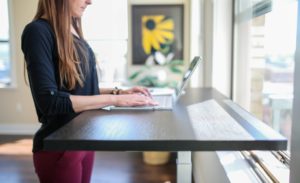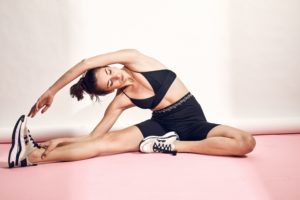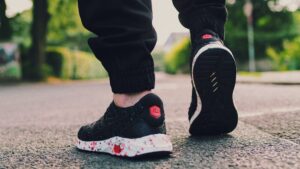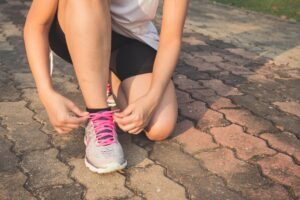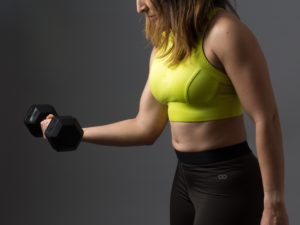Tired of Squats? Try These 5 Amazing Leg Exercise Alternatives Instead!
Squats are a great way to activate a large range of muscles, from the abs to the glutes and legs, but it can get boring. These amazing leg exercise alternatives are a great way to change things up, activate muscles differently, and gain a lot more benefits.
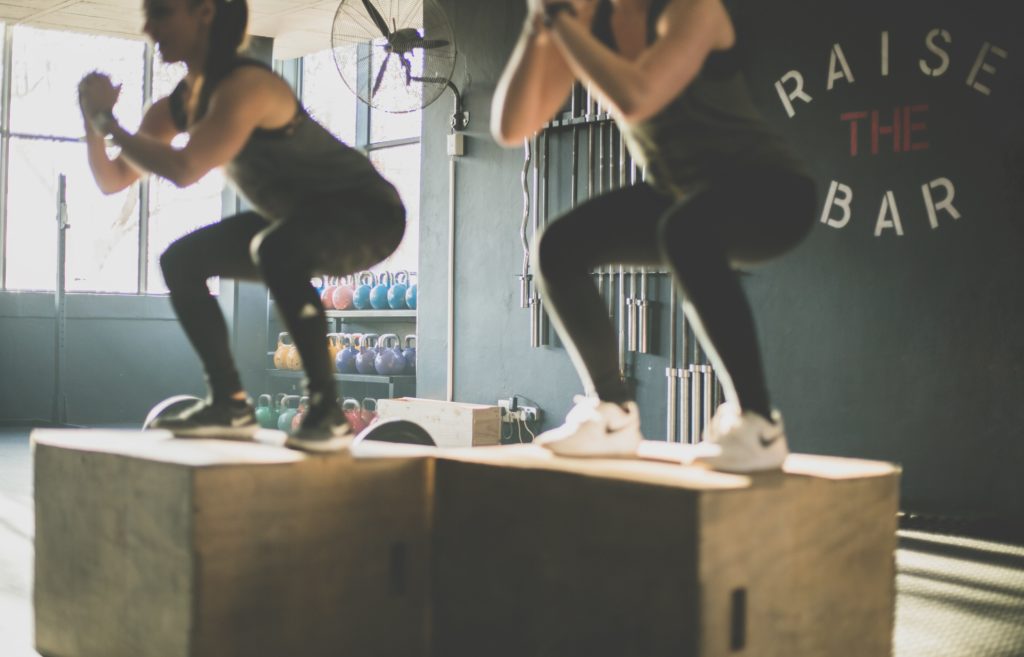
Keep reading to find out the best leg exercise alternatives, including benefits, variations of difficulty, bodyweight options, and more today!
The Best Leg Exercise Alternatives to Squats
Here are the best leg exercise alternatives you can find! Most of them can be used with just your body weight, though adding more weight will make the workout more intense.
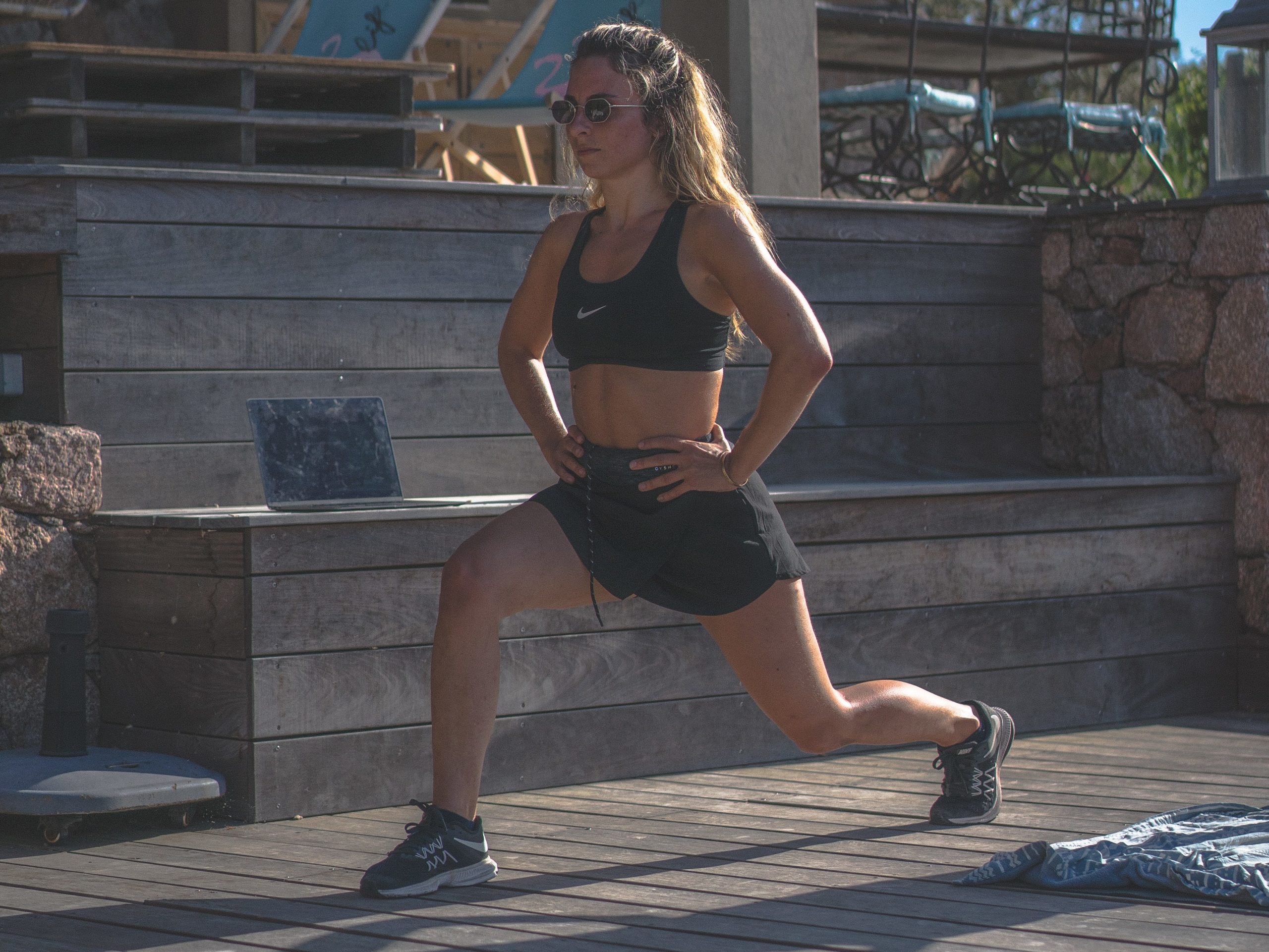
1. Walk and Lunges
Lunges not only activate the legs but also the core and back muscles for stability and balance. Lunges will allow you to strengthen almost all of the muscles in the lower body. This includes the calves, hamstrings, hip flexors, and glutes. They are a functional movement as they help strengthen actions you normally take during the day, like when you pick something up. Lunges allow you to work each leg individually, increase stability, and help you fix the muscular imbalance. Walking and lunging also make this an active stretch that can raise your heart rate and get you warmed up.
To lunge, stand in a split stance, with the feet about 2 to 3 feet apart, one leg in front, one back. Bend your back knee until it forms a 90-degree angle, lowering the torso and keeping the back straight. Hold the bottom position, then stand. Take a step, placing the other leg in front and repeating the lunge on the other side. Make it even harder and keep your hands above your head or add dumbbells to the movement.
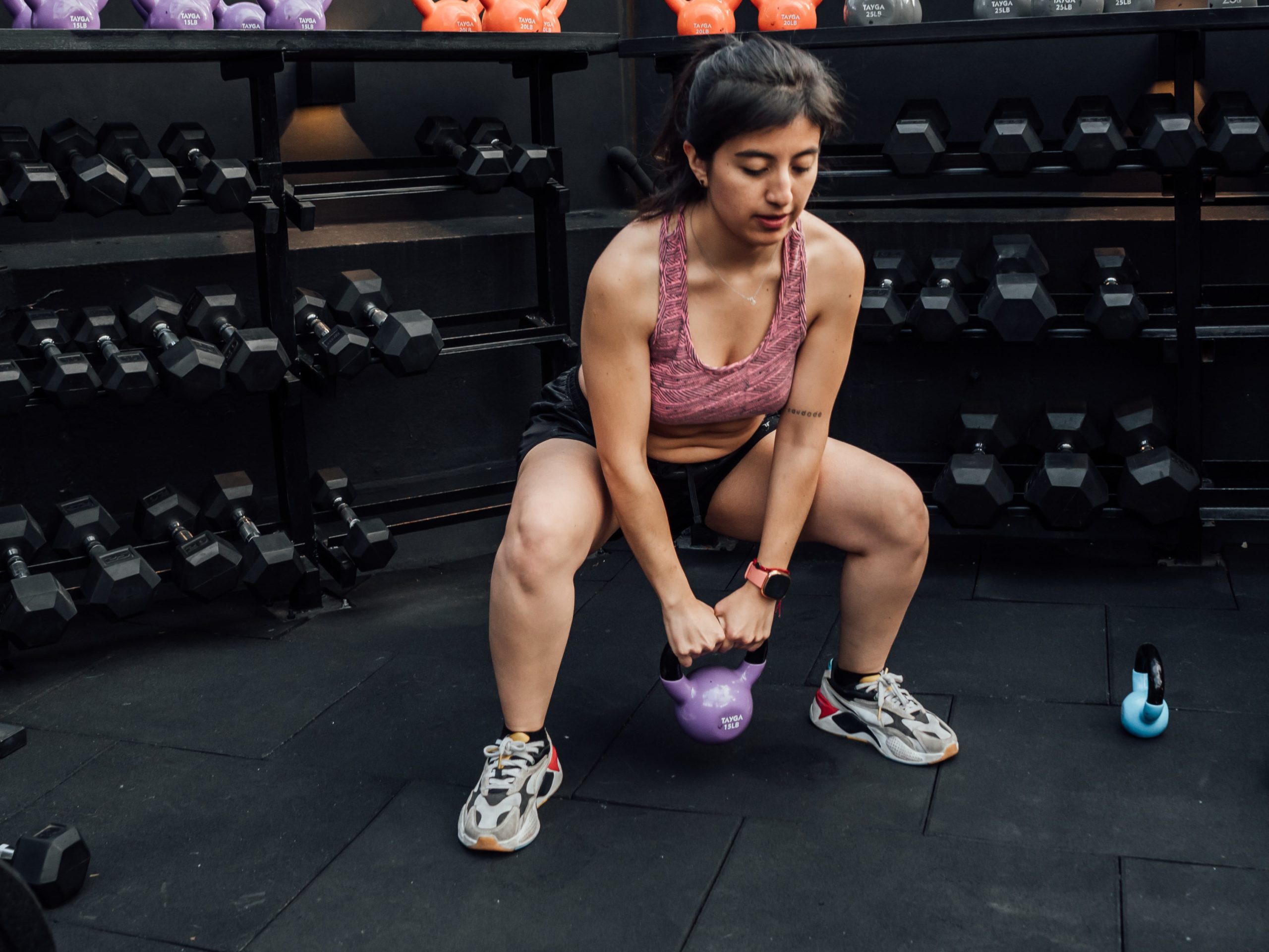
2. Sumo Dips and Points
Ok, so maybe this counts as a type of lunge, but hear me out! Sumo dip and points help isolate and activate certain muscles and joints like the abductors (muscle along the inner thigh), calves, ankles, knees, and thighs (quads). It even works out the glutes and engages the lower back for better stability. Don’t use your back to power the movement though! Lift with your legs and all that jazz. Sumo motions work the core in a way that is different from normal squats too. This is also a functional workout as this is the action you take when picking up something heavy
Stand with your feet wider than hip-width apart and point your toes outwards. Squat down, then shift onto the balls of your feet and push back up to standing on your tiptoes. Hold this for a bit, then slowly lower the heels down. Add a dumbbell for a bigger challenge!
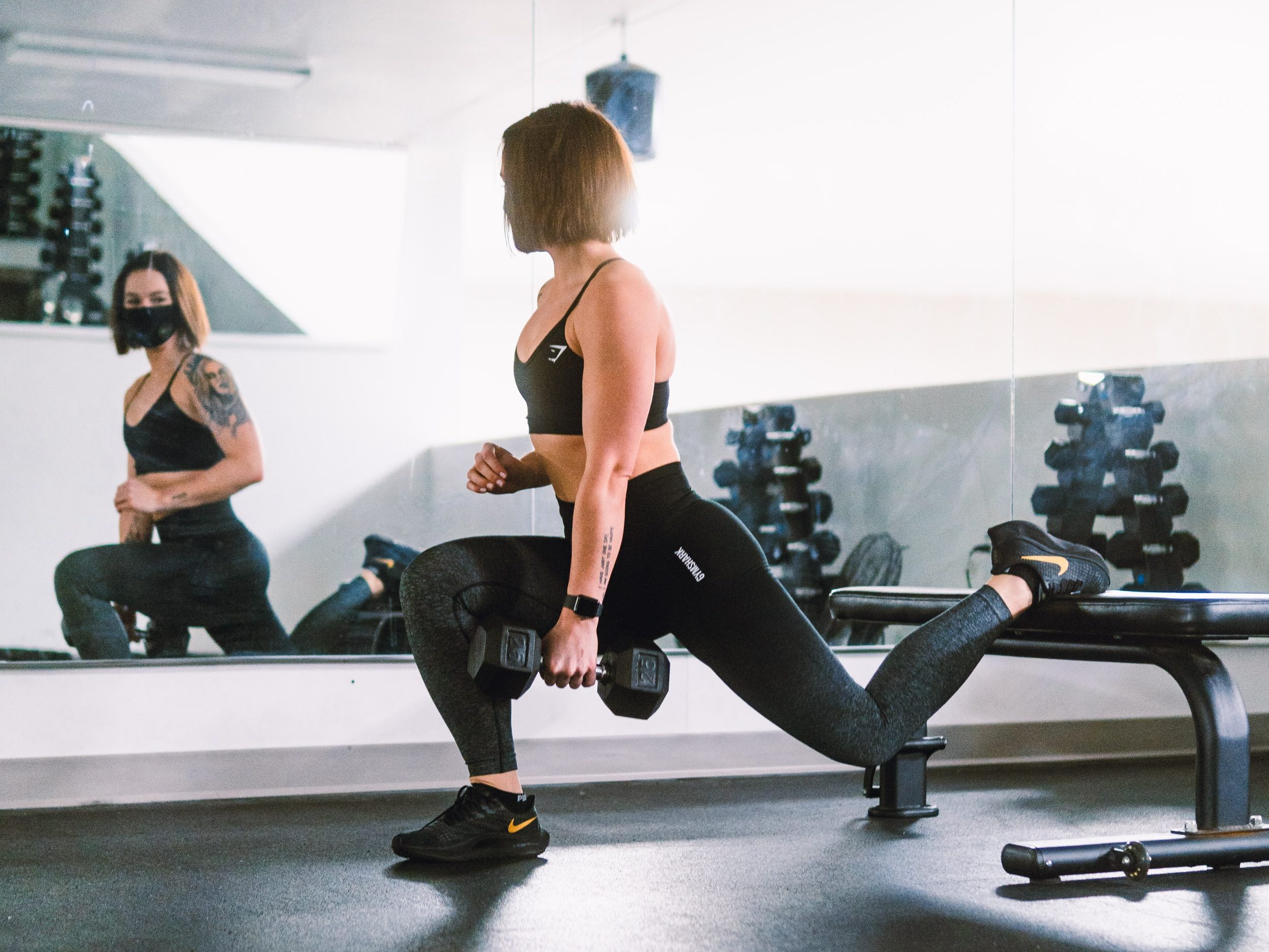
3. Bulgarian Lunges
Aka, a split squat! This is a good workout that targets the quads, glutes, hamstrings, calves, spine, and core. This workout requires stability, balance, and coordination, making it a great way to improve balance and posture.
To do one, stand about 2 feet in front of a bench or chair. Place one foot on the chair behind you, keeping the core engaged, the shoulders back, and the head at eye level. Bend your front knee as deeply as you can without engaging your back leg. Keep the weight on the front leg, the back one is just for balance. Lift back up and repeat. Remember to do both sides! Make it harder, as always, by adding weights.

4. Side Lunge
Side lunges are an incredible workout to open the hips and stretch the hamstrings. It also activates the core, glutes, thighs, and adductors. This is a common yoga pose but can be used in a leg workout routine to improve balance, open the hips, and prevent back pain. Try to avoid the common mistakes of twisting your spine or slumping forward when you lean.
Begin in a standing pose with your legs after the hip-width apart. Make it a wide-leg stance that you feel comfortable maintaining. Bend on the knee, engaging the core and keeping the spine straight as you sink the hips towards the side of the bent knee. You can do this with a dumbbell in your hands, or you can keep your hands free to drop to the ground for more support. Raise to a standing wide-leg pose and repeat on the other side.

5. Deadlifts
Deadlifts are a lower body exercise that engages the entire body. It focuses on the hamstrings, quads, glutes, and hips, but also activates the lower back, and trapezius muscle (the muscle at the the upper back responsible for posture and shoulder movement). Deadlifts can be done as a unilateral movement, using one side and one dumbbell, or as a movement that uses both sides at once. This is a workout that needs a weighted bar, though you can use dumbbells or try it as a single-leg movement with just your body weight.
To do a deadlift, position the feet shoulder-width apart, with the toes pointed straight ahead. Engage the core and squat down to grab the bar of the weight. Stand, lifting the bar with your legs, keeping the knees slightly bent. Then, lower the bar, letting it almost gaze at the shins, keeping the core engaged, back straight, and pulling the shoulders back. Lower until you start to feel it in your back (don’t use your back muscles!), then raise back up slowly.
To do one unilaterally, use a single dumbbell (or just your body weight). Shift your weight to the left leg, bending the knee of the right and shifting to the ball of your foot(this leg is for stability). Slowly, lift the dumbbell with the left arm, lower it down, and keep it close to the left leg. Raise and repeat on the other side.
The Takeaway
These are some of the best leg exercise alternatives you can find! Make leg day more exciting by switching things up with these effective lower body exercises. A fitness journey can be a lot more fun if you add variations that can help improve quality of life, strength, and wellness greatly. Squats are a great workout for the legs and glutes, but knowing your alternatives is important. Try out these amazing leg workout alternatives to squats and fuel your fitness today.
Health comes from within, so eat nutritious food, exercise daily, and care for your mental health. Daily habits become the building blocks for emotional, mental, and physical health. Try to take care of your gut health too! Learn everything you need to know about gut microbiota today for free here.
